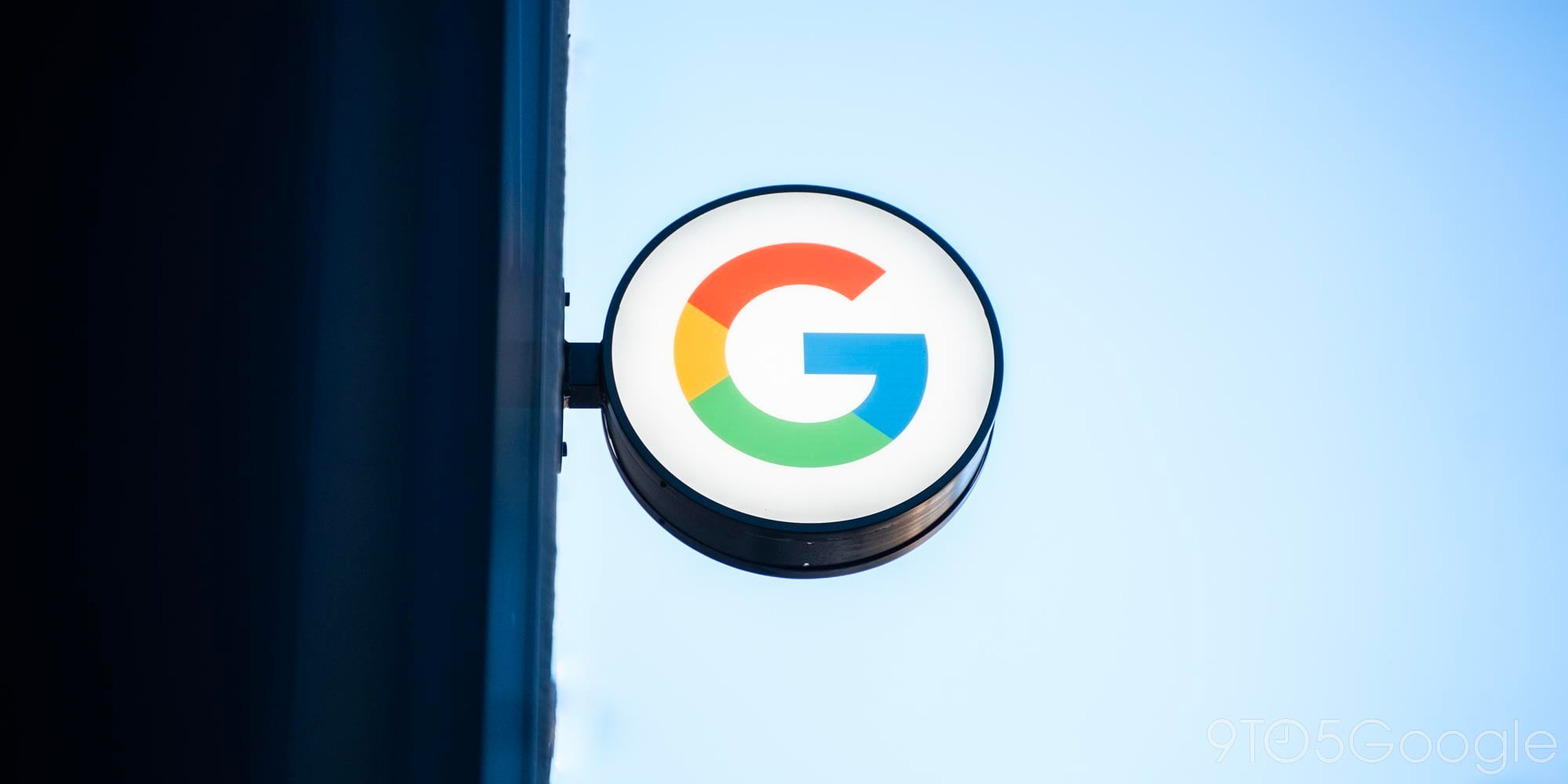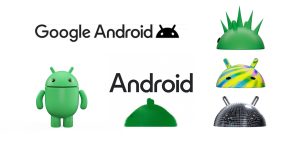
Since Apple announced ARKit in June, the three-year-old Tango has been cited as the less successful mobile AR competitor due to devices requiring special lenses and sensors. However, Google today unveiled its real competing platform for augmented reality on existing Android devices without the need for any extra hardware.
ARCore is built on Tango, with Google noting that it has been “developing the fundamental technologies that power mobile AR over the last three years.” The platform has a focus on three areas:
- Motion tracking: Using the phone’s camera to observe feature points in the room and IMU sensor data, ARCore determines both the position and orientation (pose) of the phone as it moves. Virtual objects remain accurately placed.
- Environmental understanding: It’s common for AR objects to be placed on a floor or a table. ARCore can detect horizontal surfaces using the same feature points it uses for motion tracking.
- Light estimation: ARCore observes the ambient light in the environment and makes it possible for developers to light virtual objects in ways that match their surroundings, making their appearance even more realistic.
The key difference from the original ATAP project is how it can run without any additional hardware. At the moment, it will run on “millions of devices,” including the Pixel and Samsung Galaxy S8 running 7.0 Nougat.
Developers will be able to create apps with Java/OpenGL, Unity and Unreal beginning today. Google notes other efforts like its Visual Positioning Service announced at I/O to “enable world scale AR experiences well beyond a tabletop” and also cites its existing creation apps like Tilt Brush and Blocks.
ARCore is launching today as a preview SDK, with Google targeting 100 millions devices by the end of the program and is working with Samsung, LG, Huawei, ASUS, and others on a “consistent bar for quality and high performance.” Google notes that it will have more to share later this year.

FTC: We use income earning auto affiliate links. More.


Comments